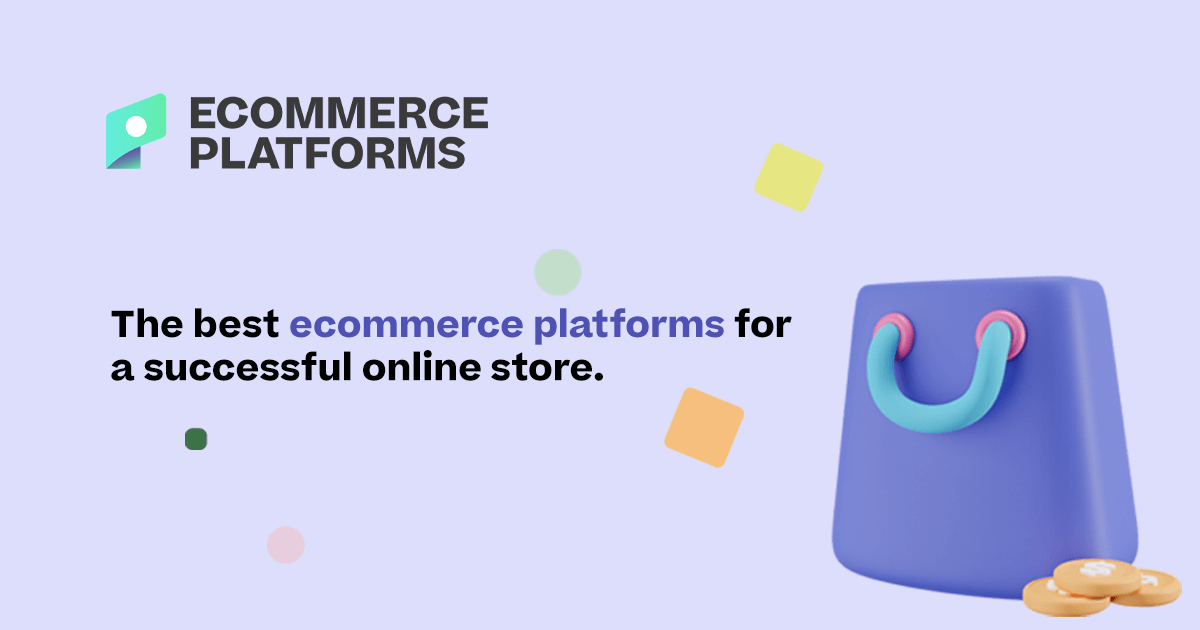
When I first launched an ecommerce business, I didn’t realize how much the platform would affect everything.
Not just the look and feel of the site, but how fast I could launch, how much control I had, and how expensive things got over time.
One of the biggest decisions you’ll face is this:
Should you go with a SaaS ecommerce platform like Shopify or BigCommerce? Or choose an open source platform like WooCommerce or Adobe Commerce?
There’s no one-size-fits-all answer. Each option has serious pros and cons—and if you get it wrong, switching later can be expensive and painful.
SaaS vs Open Source: Quick Comparison Table
| Feature | SaaS (e.g., Shopify) | Open Source (e.g., WooCommerce) |
|---|---|---|
| Setup Time | Fast (1-7 days) | Slow (2 weeks to 2+ months) |
| Ease of Use | User-friendly | Technical, requires more effort |
| Hosting Included | Yes | No |
| Customization | Limited without dev work | Full control |
| Cost | Predictable, monthly fees | Lower upfront, but hidden costs |
| Scalability | Great for growth | Depends on dev resources |
| Security | Handled by platform | You’re responsible |
| Support | Included in subscription | Community-based or paid support |
| SEO Control | Decent | Advanced (if you know what to do) |
Setup and Ease of Use
When I started with Shopify, I was up and running in under a week. No developers, no headaches.
That’s the beauty of SaaS platforms—they’re designed for non-technical users.
Most SaaS platforms offer:
- Built-in themes and templates
- Drag-and-drop builders
- App stores with 1-click integrations
- Automatic updates and patches
You can go from zero to live in a matter of days, and everything is optimized to reduce friction.
But when I tried WooCommerce later, it was a completely different story. I needed to:
- Set up a hosting account
- Install WordPress and WooCommerce manually
- Configure payment gateways and shipping plugins
- Optimize caching and security settings
- Troubleshoot plugin conflicts
If you’re not technical, this setup process can take weeks, and you’ll likely need to hire a developer or watch a ton of YouTube tutorials.
That said, open source platforms let you build exactly what you want, assuming you’re comfortable doing the work or paying someone who is.
Cost Breakdown
This is where most people get misled. SaaS platforms seem expensive upfront because of monthly fees, but open source is rarely “free” once everything’s factored in.
SaaS Cost Breakdown (e.g., Shopify)
| Item | Cost |
|---|---|
| Monthly subscription | $39–$399/month |
| Apps & integrations | $20–$200/month (varies) |
| Transaction fees (if not using native payments) | 2%+ |
| Premium themes (optional) | $180–$350 one-time |
Total for mid-size store: $100–$500/month
Everything is predictable. No surprise bills unless you start adding a ton of apps or doing heavy customization.
Open Source Cost Breakdown (e.g., WooCommerce)
| Item | Cost |
|---|---|
| Hosting | $25–$150/month |
| Domain & SSL | $10–$100/year |
| Premium plugins | $200–$2,000/year |
| Developer costs (optional but common) | $50–$150/hour |
| Maintenance & updates | Ongoing time or dev retainer |
Total for mid-size store: $200–$1,000/month (depending on complexity)
The costs vary widely. You could save money—or you could end up spending a lot more than expected.
In my case, WooCommerce became more expensive over time due to plugin renewals and dev bills. But I had full control, which was valuable once I needed advanced functionality.
Flexibility and Customization
If you want full freedom to design, develop, and scale your store exactly how you want, open source wins.
Platforms like WooCommerce and Magento let you:
- Customize the checkout process
- Build custom APIs
- Change every line of code
- Use any payment gateway
This was critical for one of my businesses where we needed custom inventory syncing and third-party warehouse integration.
But if you’re not a developer or don’t have one on the team, this flexibility becomes a burden. SaaS platforms limit customization to protect users from breaking things—but that also means less control.
Most SaaS platforms allow:
- Theme editing (to a degree)
- App-based feature enhancements
- Checkout customization (on higher plans or with apps)
Shopify Plus, for example, gives more control, but it costs upwards of $2,000/month.
So the real question is: Do you need full control, or just enough to get your business running?
Security and Maintenance
This is where SaaS platforms truly shine. Security, compliance, and maintenance are all handled for you.
With Shopify or BigCommerce, you don’t have to worry about:
- Server patches
- Plugin vulnerabilities
- PCI compliance
- SSL certificate renewals
Everything is managed by their team. If something breaks, support usually steps in to help.
But with open source, it’s on you.
You’re responsible for:
- Keeping the platform updated
- Managing plugin compatibility
- Installing firewalls or using services like Cloudflare
- Monitoring uptime and malware threats
For WooCommerce, I had to install third-party plugins for backups, security scans, and caching—then update everything manually or risk getting hacked.
If you’re running a mission-critical store and don’t want surprises, the security benefits of SaaS are hard to beat.
Scalability
I’ve seen businesses outgrow both types of platforms—but for different reasons.
SaaS platforms are built for fast growth. Shopify, for example, handles scaling automatically.
You don’t have to think about:
- Server resources
- Database optimization
- CDN setup
They handle it. This means you can scale from 10 orders a day to 10,000+ without touching your infrastructure.
But you do hit limits.
At scale, things like:
- Transaction fees
- App limitations
- Checkout customization
…can become real bottlenecks. That’s why a lot of 8-figure brands move to open source (usually headless setups using Magento or a custom stack).
Open source platforms scale technically—you can do anything, if you have the developers and budget. But that means more complexity, more dev hours, and more management overhead.
If you’re expecting massive growth and want full control, open source gives you room to grow. If you want stress-free scaling, SaaS wins.
Community and Support
One thing that surprised me with SaaS was how fast I could get help. With Shopify, I could reach out to support and get someone on chat or email within minutes.
Most SaaS platforms offer:
- 24/7 live support
- Help centers with guides
- Developer documentation
- Community forums
You’re paying for convenience, and it shows.
Open source platforms rely more on community. That can be powerful—WooCommerce and Adobe Commerce have massive user bases—but it can also be hit or miss.
Support channels for open source typically include:
- Community forums
- Stack Overflow
- Paid support plans (for tools like WP Engine or Nexcess)
- Hiring freelancers for help
You’ll either figure it out yourself, or pay someone to fix it. That tradeoff is fine for developers but can be frustrating for business owners without a tech background.
SEO Capabilities
Both types of platforms support SEO, but in different ways.
With SaaS platforms like Shopify, SEO is decent out of the box. You can:
- Edit meta titles and descriptions
- Customize URLs
- Add alt tags and structured data
- Integrate with SEO apps like Yoast or Smart SEO
That’s enough for most stores, and it’s easy to implement.
But if you’re aggressive with SEO and need full control over:
- Server configurations
- Advanced schema
- Technical SEO (custom redirects, pagination, etc.)
…open source gives you that flexibility.
WooCommerce and Magento let you build any SEO structure you want. You can even run headless setups using frameworks like Next.js or Nuxt, which are blazing fast and SEO-optimized.
I found WooCommerce gave me more control for high-level SEO strategies. But it also required more work and technical know-how.
Final Summary Table: Which One Is Right for You?
| Business Type | Recommendation |
|---|---|
| Solo founder, no tech team | SaaS (Shopify, BigCommerce) |
| Small team, moderate budget | SaaS or WooCommerce (with light dev) |
| Technical founders/dev teams | Open Source (WooCommerce, Magento) |
| Enterprise-level brands | Open Source (with headless options) |
| Fast launch, minimal overhead | SaaS |
| Custom integrations + full control | Open Source |
Final Thoughts
If you’re early in the journey or just want to focus on marketing and sales, go with a SaaS platform. The convenience and speed-to-market are worth the price.
But if you need advanced features, full ownership, or have the dev resources to support it, open source gives you ultimate control. Just be ready for the extra work and long-term maintenance.
Don’t let the word “free” fool you. Nothing in ecommerce is truly free—every choice comes with tradeoffs.
Make the one that fits your team, your budget, and your growth goals.


